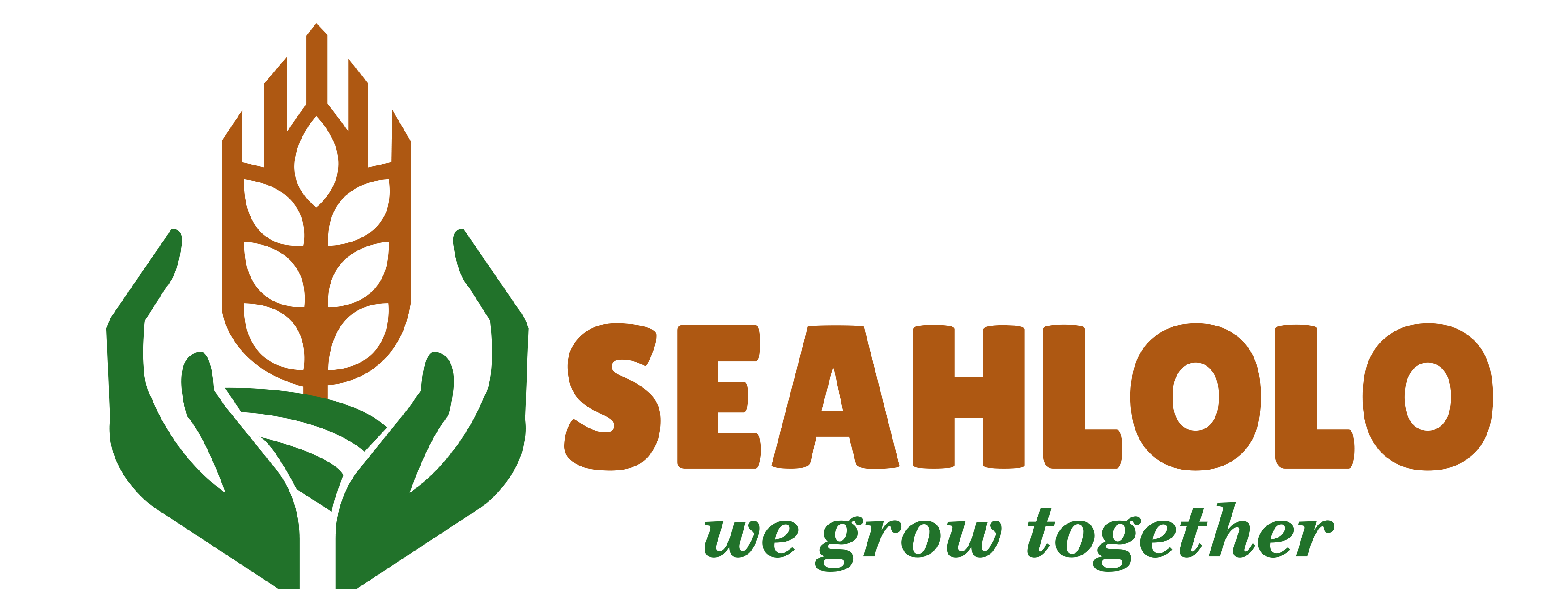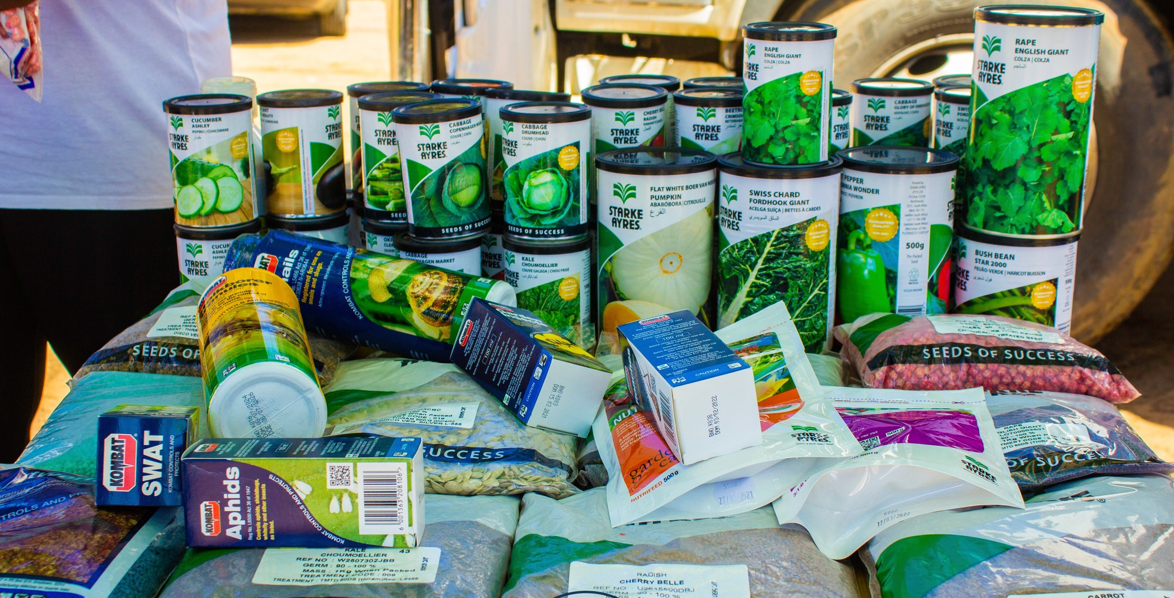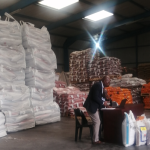…Farmers accessing subsidised seeds and fertilizers increased by 15
The agricultural sector in Lesotho is on a cautious yet promising path of transformation, as shown in the 2025/2026 Consolidated Budget Report.
Despite persisting structural and climatic challenges, several initiatives have recorded measurable progress — from increased land under cultivation to revived investments in irrigation and mechanisation.
According to the Ministry of Agriculture, Food Security, and Nutrition, the government has made significant headway in promoting block farming, conservation agriculture, and livestock support services.
In the past fiscal year, multiple districts reported an expansion in land area under block farming, which allows for shared inputs, joint mechanisation, and collective market access.
The budget report indicates that the Smallholder Agriculture Development Project (SADP II), implemented with support from the World Bank and IFAD, has played a catalytic role.
“The project, which operates outside of the core government budget, provided targeted grants to farmer groups and supported value chain development in horticulture and poultry, and by the end of the reporting period, over 10,000 smallholders had benefited from training, inputs, and infrastructure under SADP II,” the report highlighted.
It added that the Irrigation Policy 2022–2032 is already influencing planning and implementation.
“The Ministry, supported by donor agencies, initiated pilot irrigation schemes in districts like Maseru, Mafeteng, and Leribe. These schemes are aligned with the broader goal of improving climate resilience, with the report emphasising the importance of water harvesting and solar-powered irrigation technologies.”
One of the key challenges that the Ministry continues to grapple with, the report noted is the impact of climate change.
“Unpredictable rainfall patterns and prolonged droughts have affected yields, particularly in the lowlands and Senqu River Valley. In response, the Ministry increased investments in climate-smart agriculture (CSA), particularly targeting vulnerable households.”
The report notes that “CSA approaches are now integrated in most training sessions delivered through extension services.”
Another highlight in the report is the improved uptake of agricultural inputs through the national subsidy program.
Although the system still faces issues related to timeliness and quality of inputs, the number of farmers accessing subsidised seeds and fertilizers increased by 15% compared to the previous year, the report revealed noting the introduction of e-voucher systems in selected pilot areas is expected to enhance transparency and accountability in subsidy distribution.
In terms of livestock, the report cited that the Wool and Mohair Promotion Project (WAMPP) continues to build capacity among wool and mohair farmers, particularly in the highlands. The project supports shearing shed construction, animal health care, and rangeland management.
Despite these gains, the report underscores the urgent need for better coordination across ministries and sectors, particularly in land use planning, water management, and climate finance.
“The Ministry is also exploring partnerships with private agribusinesses to boost processing and export potential. The journey ahead is complex, but one thing is clear: Lesotho’s agricultural sector is no longer standing still. Through a blend of policy reform, community empowerment, and donor-funded innovation, the seeds of change are being sown,” the report noted.




